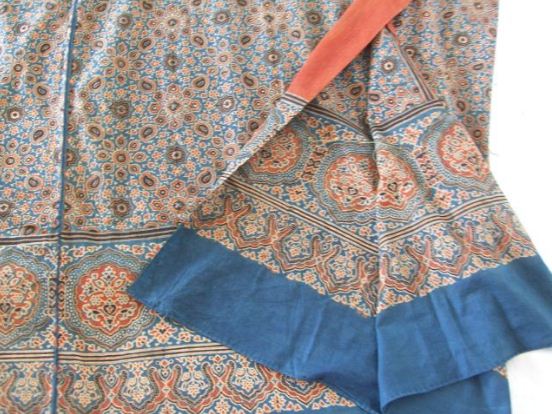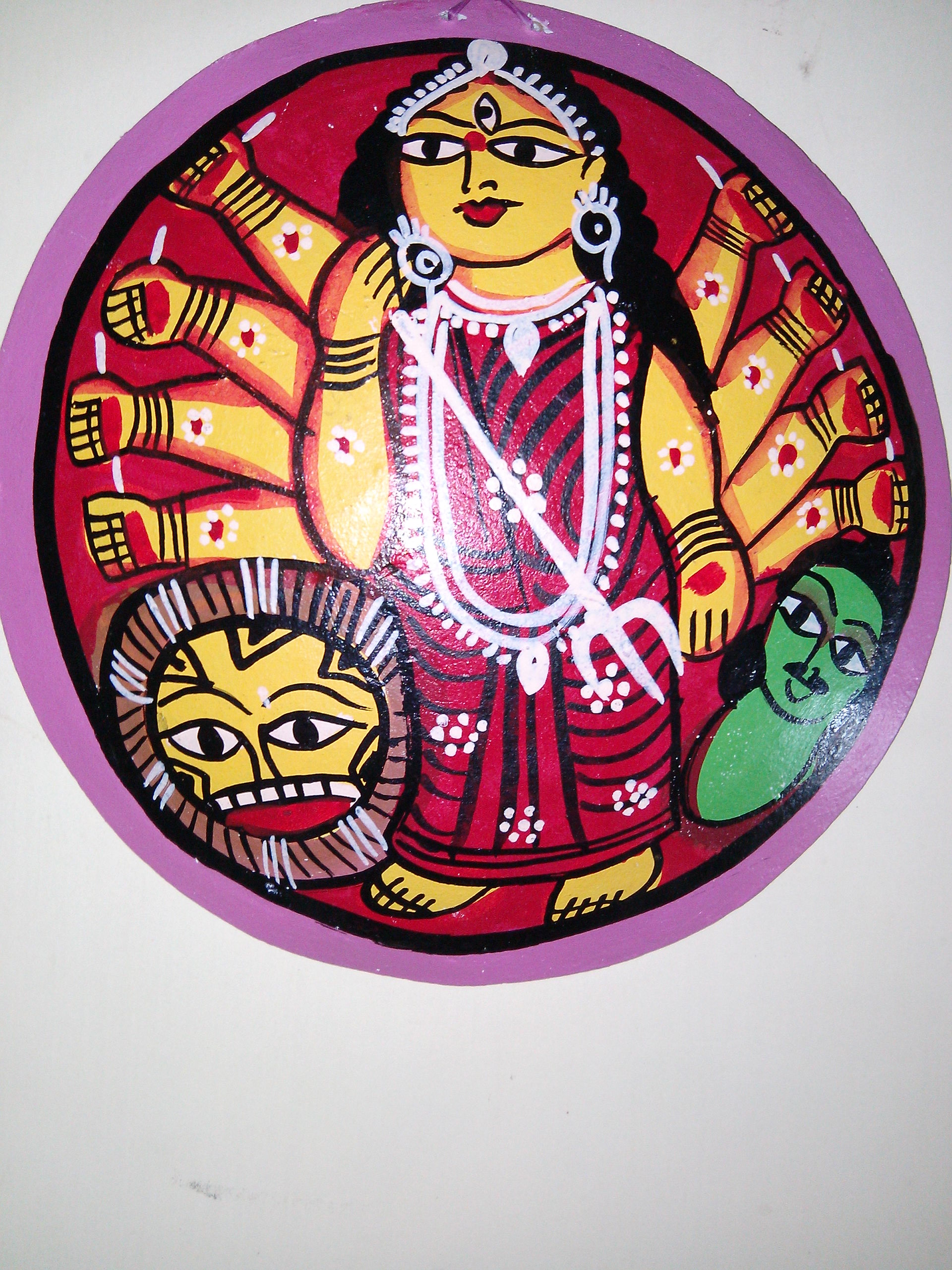Draw-in,
The narrowing of the weaving at the selvages due to the naturalshrinking of the web. Excessive draw-in is caused from the weft being too tight.
The narrowing of the weaving at the selvages due to the naturalshrinking of the web. Excessive draw-in is caused from the weft being too tight.
Drawloom,
A two harness loom. The first harness usually has 4 - 10 shaftsand the second creates a pattern by using a set of shafts or individually tied groups of threads. To read more on draw looms.
A two harness loom. The first harness usually has 4 - 10 shaftsand the second creates a pattern by using a set of shafts or individually tied groups of threads. To read more on draw looms.
Drop-weight spindle,
A small hand-held rod weighted with a disc (spindle-whorl) which is allowed to spin freely from some height, to twist the fibre into thread. (See also spinning)
A small hand-held rod weighted with a disc (spindle-whorl) which is allowed to spin freely from some height, to twist the fibre into thread. (See also spinning)
Dupatta,
Headscarf for women made up of two breadths of fabric. Nowadays usually worn draped over the shoulders rather than the head.
Headscarf for women made up of two breadths of fabric. Nowadays usually worn draped over the shoulders rather than the head.
Duplex,
A method of printing in which both sides of the cloth receive the pattern - either at the same time (as with the Aljaba Duplex rotary screen printing machine) or one side immediately after the other (as in duplex engraved roller work).
A method of printing in which both sides of the cloth receive the pattern - either at the same time (as with the Aljaba Duplex rotary screen printing machine) or one side immediately after the other (as in duplex engraved roller work).
Durga pata,
These paintings, usually on round terracotta plaques are used for puja in modest homes where a real Protima idol, is beyond the budget.
These paintings, usually on round terracotta plaques are used for puja in modest homes where a real Protima idol, is beyond the budget.
Dyed Style,
A way of patterning cloth in which the design is painted or printed in mordant and subsequently dyed. Only those areas so mordant take the colour in a fast form.
A way of patterning cloth in which the design is painted or printed in mordant and subsequently dyed. Only those areas so mordant take the colour in a fast form.
Dyeing,
A process through which molecules imparting colour are chemically bonded to fibers. The fibers may be un-spun, or in the form of yarns or fabrics, during the dyeing process. The processes involved in the permanently colouring a fibrous material by chemically bonding colour imparting molecules to the fibres. The fibers may be un-spun, or in the form of yarns or fabrics, during the dyeing process. A variety of different dyes can be used such as vegetable dyes, mineral dyes, natural dyes and chemical dyes.
A process through which molecules imparting colour are chemically bonded to fibers. The fibers may be un-spun, or in the form of yarns or fabrics, during the dyeing process. The processes involved in the permanently colouring a fibrous material by chemically bonding colour imparting molecules to the fibres. The fibers may be un-spun, or in the form of yarns or fabrics, during the dyeing process. A variety of different dyes can be used such as vegetable dyes, mineral dyes, natural dyes and chemical dyes.
Dyes,
Dyes are used to colour and bleach paper and can be added to the base material at the pulping stage. For an even color liquid dyes that are either artificial inks of a chemical character or natural colorants like indigo are used. The use of flower petals, tea, garlic, wool, silk give more variable results and are usually added at later stages of processing.
Dyes are used to colour and bleach paper and can be added to the base material at the pulping stage. For an even color liquid dyes that are either artificial inks of a chemical character or natural colorants like indigo are used. The use of flower petals, tea, garlic, wool, silk give more variable results and are usually added at later stages of processing.
Dyestuff or dye,
Natural or traditional dyes are organic chemicals produced by plants or animals, such as indigo, and inorganic chemical compounds, such as iron oxides.
Natural or traditional dyes are organic chemicals produced by plants or animals, such as indigo, and inorganic chemical compounds, such as iron oxides.

